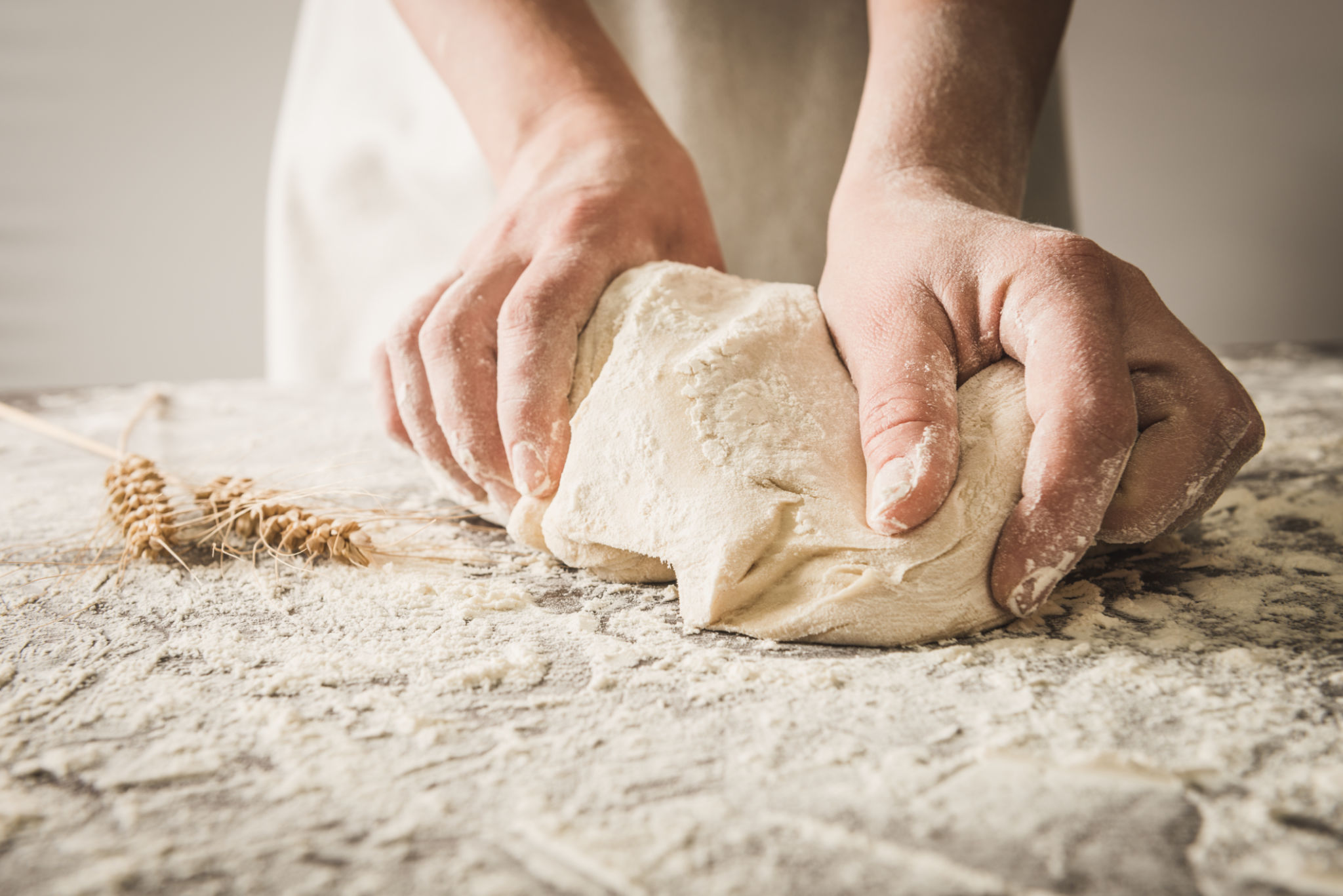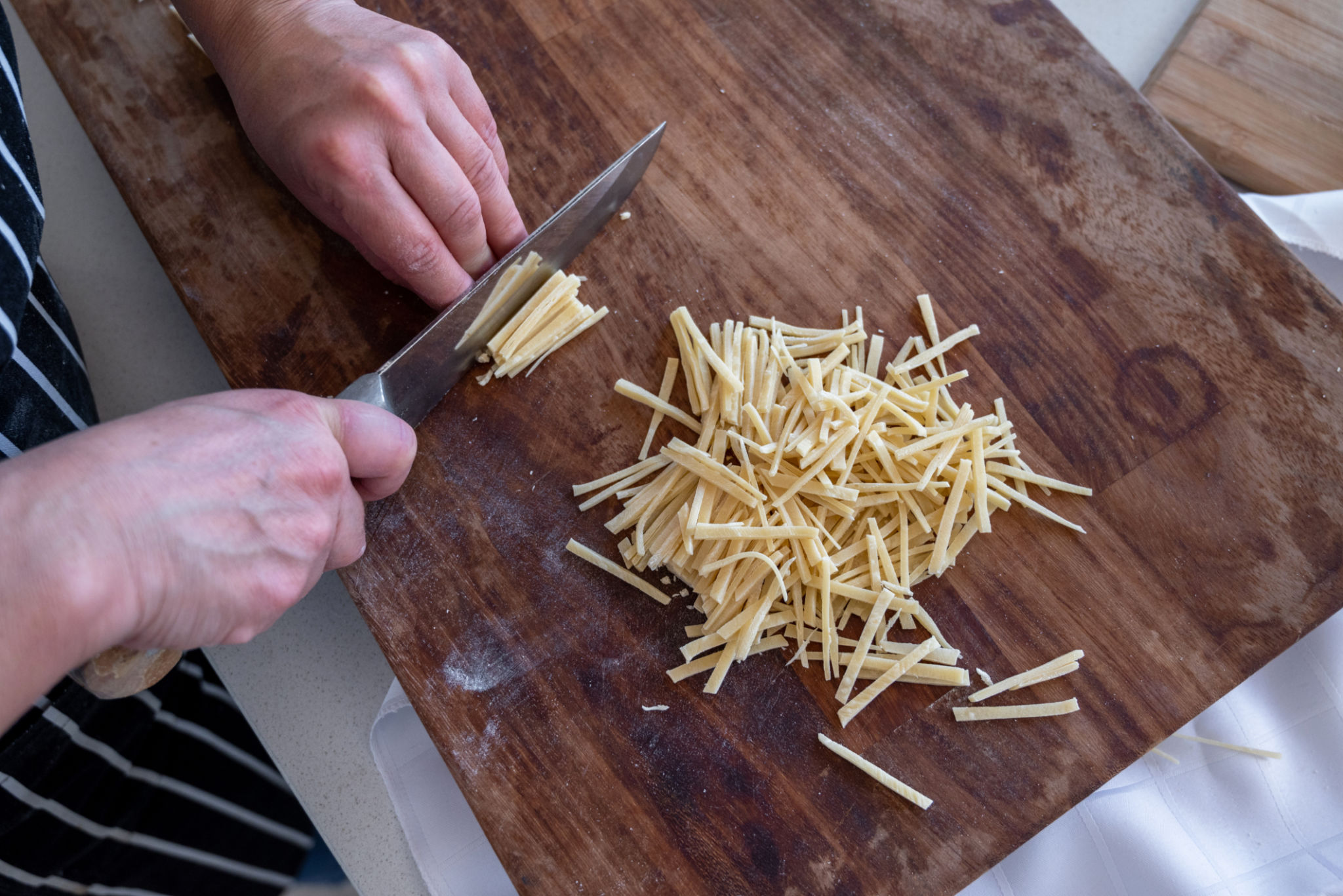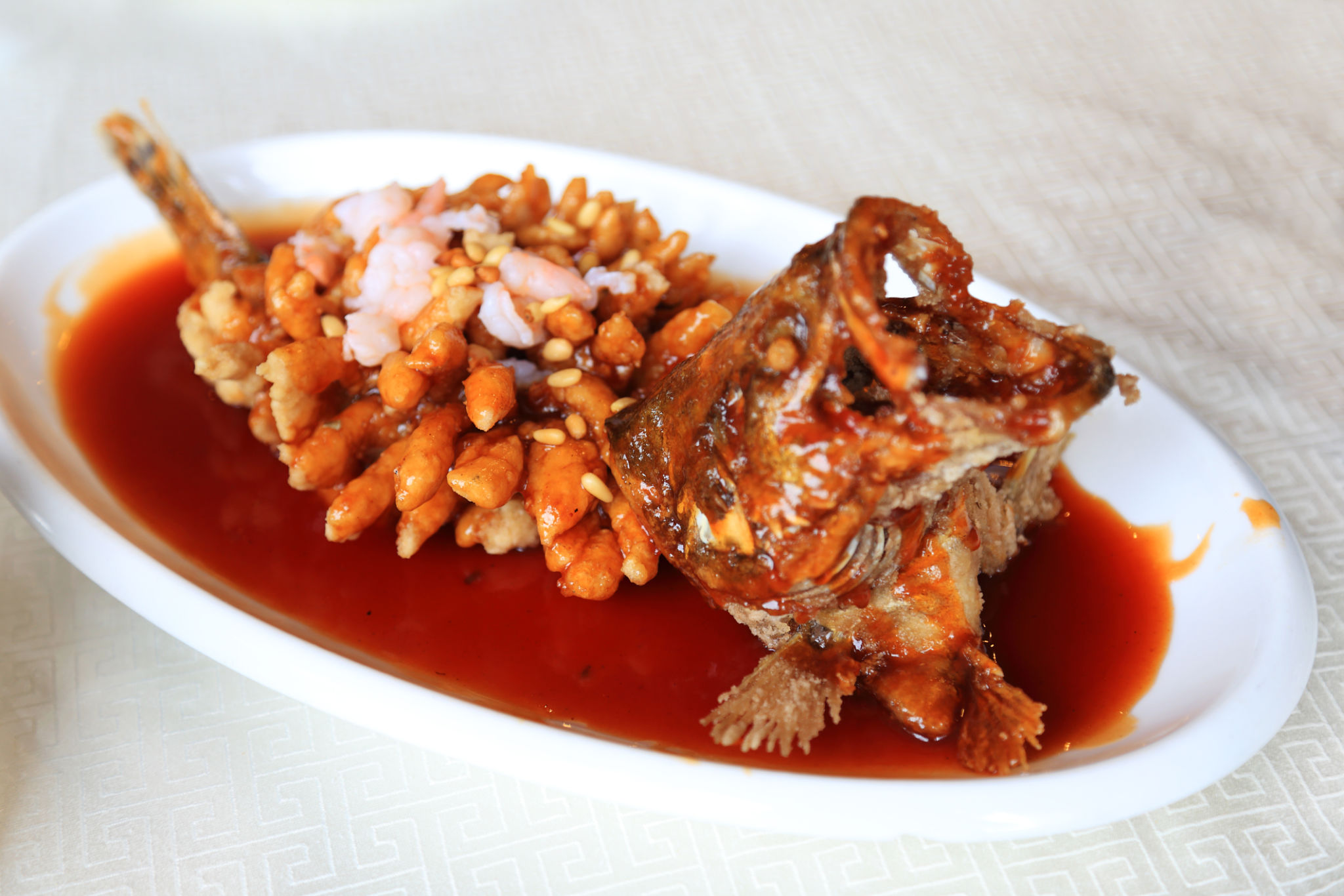The Art of Suzhou Noodle Making: A Step-by-Step Guide
Introduction to Suzhou Noodle Making
The city of Suzhou, renowned for its picturesque canals and classical gardens, also boasts a rich culinary heritage. At the heart of this tradition is the art of Suzhou noodle making, a skill passed down through generations. These delicate noodles are a testament to the city's cultural depth and gastronomic expertise.
In this guide, we will explore the step-by-step process of crafting Suzhou noodles, from selecting the finest ingredients to mastering the techniques that give these noodles their unique texture and flavor.

Selecting Ingredients
The first step in creating authentic Suzhou noodles is selecting high-quality ingredients. The key components include wheat flour, water, and salt. Choosing the right flour is crucial as it directly affects the texture and elasticity of the noodles. Opt for a high-gluten wheat flour to achieve the perfect chewiness.
Water quality also plays a significant role. Traditionally, water from Suzhou's natural springs was used, but today, filtered or mineral water can be a suitable substitute. Finally, a pinch of salt is added to enhance flavor and improve the dough's consistency.
Preparing the Dough
Once you have your ingredients ready, it's time to prepare the dough. Begin by mixing the flour and salt in a large bowl. Gradually add water while kneading the mixture until it forms a smooth, elastic dough. This process requires patience and practice as the dough should be neither too sticky nor too dry.

Resting the Dough
After kneading, cover the dough with a damp cloth and let it rest for at least 30 minutes. This resting period allows the gluten to relax, making it easier to roll and shape the noodles later. This step is crucial for achieving the desired tenderness in the final product.
Rolling and Cutting
Once rested, divide the dough into smaller portions for easier handling. Roll each portion into thin sheets using a rolling pin or a pasta machine. The thickness of the sheet will determine the texture of your noodles, so aim for a uniform thickness throughout.
Next, use a sharp knife to cut the sheets into thin strips. The width of these strips can vary based on personal preference, but traditional Suzhou noodles are typically cut into narrow ribbons.

Cooking the Noodles
Bring a pot of water to a rolling boil and gently add the freshly cut noodles. Cook them for 2-3 minutes until they float to the surface and achieve an al dente texture. Overcooking can lead to mushy noodles, so keep a close eye on them during this step.
Serving Suggestions
Suzhou noodles are often served in a flavorful broth or tossed with a savory sauce. Popular toppings include sliced pork, shrimp, green onions, and bok choy. To enhance the taste, you can add a splash of soy sauce or sesame oil.
For an authentic experience, pair your noodles with traditional side dishes like pickled vegetables or steamed buns. This combination highlights the delicate balance of flavors that Suzhou cuisine is known for.
Conclusion
The art of Suzhou noodle making is a delightful journey into one of China's most esteemed culinary traditions. By following these steps, you can recreate this iconic dish in your own kitchen and savor its rich heritage. Whether enjoyed alone or shared with friends and family, these noodles offer a taste of Suzhou's vibrant culture and history.

